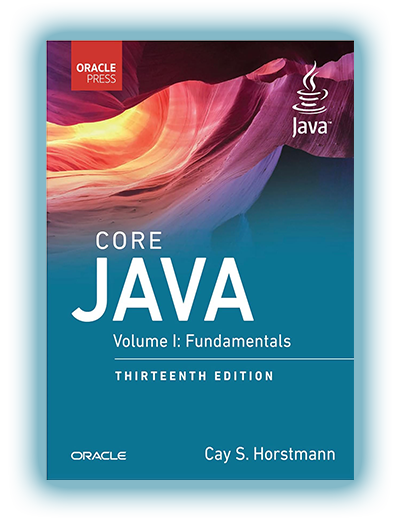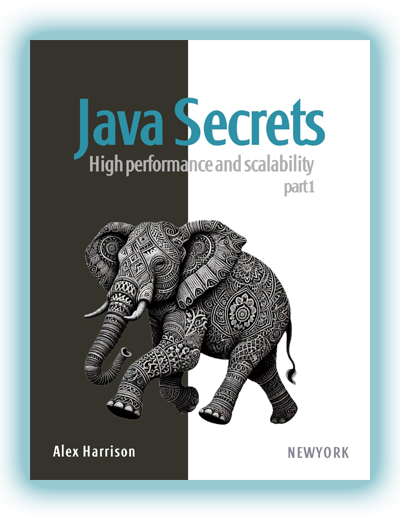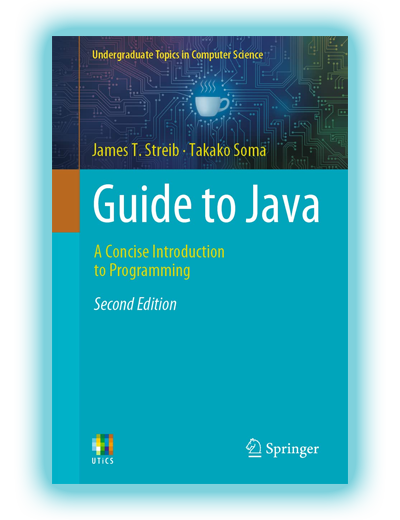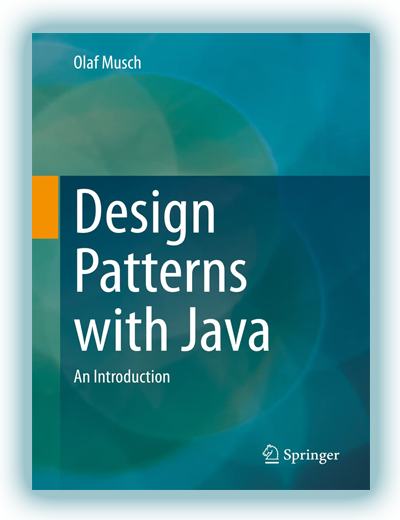"Web Development Toolkit for Java Developers" is a structured guide built around real-world Java web development practices using up-to-date tools. The book explores key aspects of building applications with Spring Boot, dependency management with Maven and Gradle, RESTful service setup, layered and modular architecture, database interaction via JPA/Hibernate, and also covers security, logging, and deployment.
Each chapter is based on real-life scenarios and detailed walkthroughs. Download “Web Development Toolkit for Java Developers” in PDF for free today. It helps developers set up the entire pipeline - from architecture design to cloud deployment. The book emphasizes not only coding, but also engineering culture: readability, reusability, and adherence to standards.
Special focus is given to:
- Spring Boot configuration
- REST controllers and Data Binding
- ORM and transaction management
- Working with JWT, OAuth2, Spring Security
- Logging and monitoring practices
- Frontend integration (React/Angular via API)
- CI/CD workflows, Docker usage, and deployment
Who Should Read "Web Development Toolkit for Java Developers"?
This guide is written for developers who are already familiar with Java basics and want to develop hands-on skills in web development. Below is a quick overview of the target audience:
- Junior Java developers - will learn how to transition from academic tasks to real-world applications.
- Full-stack engineers - will gain a structured perspective on backend infrastructure.
- Instructors and mentors - can use the book as a foundation for practical courses.
- Junior/Mid-level backend engineers - will consolidate their knowledge in REST, Spring, security, and deployment.
- Java developers moving into web development - will discover a reliable toolchain aligned with industry practices.
Each topic in the book corresponds to a knowledge module that can be directly applied in a team setting or project workflow.
How and Where to Apply the Material in Practice?
After completing this book, a developer gains a clear understanding of the full web application lifecycle in Java - from architecture to production. This enables you to:
- Build REST APIs that meet industry standards
- Use Spring Boot as a foundation for scalable web apps
- Configure secure authentication with JWT or OAuth2
- Implement robust data access layers with JPA and Hibernate
- Set up logging, monitoring, and basic CI/CD pipelines
The content is directly applicable to real-world projects: from e-commerce platforms and CRMs to microservices and internal enterprise tools.
More About the Author of the Book
The Developer's Opinion About the Book
Let me say this straight - the book was helpful even for me, despite having over 10 years of development experience. It organizes what is often scattered in real life: frameworks, libraries, DevOps tools, data layers, and security concerns. The authors don’t get sidetracked - they deliver focused knowledge blocks that can be immediately applied to your codebase. I particularly appreciated the clear breakdown of architectural layering and the approachable explanation of Spring Security. If anything’s missing, I’d point to deeper coverage of microservice integration and distributed system error handling. But for monolithic or small distributed apps, this is undoubtedly a solid, practical manual.
Alexander Moore, Java Developer
FAQ for "Web Development Toolkit for Java Developers"
How deeply does the book cover Spring Boot?
Spring Boot is a central focus of the book. It covers key concepts like auto-configuration, dependency management, REST controller creation, data validation, application context management, and database interaction via Spring Data. This is not just a conceptual overview - the book provides step-by-step implementation of real applications using Spring Boot as the backbone.
Does the book include security topics?
Yes. It has dedicated sections on application security, including JWT, OAuth2, and Spring Security. The guide explains how to secure APIs, configure authentication mechanisms, and define role-based access controls. It also covers best practices to prevent XSS, CSRF, and other common web threats, making it a well-rounded resource on secure development.
Is this guide suitable for beginners?
If you already have basic Java knowledge (OOP, syntax, collections), this guide is a natural next step. The content is delivered in a structured, example-driven manner, but you’ll need to understand the Java language and IDE workflows to follow along effectively. It’s not for absolute beginners but works well for junior-level developers.
What other technologies are discussed besides Java?
The book covers Java backend integration with frontend via REST APIs, CI/CD fundamentals, Docker workflows, and cloud deployment. It also introduces tools like Swagger/OpenAPI, Git, Jenkins, Logback, Actuator, and databases such as PostgreSQL and MySQL, making it a practical and broad-reaching resource.
Are there runnable and testable examples?
Yes. Every chapter includes examples that can be executed, configured, and extended. These are working project fragments that illustrate architecture, business logic, security setup, and database interaction. They’re ideal for learning by doing and for integrating directly into your own applications.
Information
| Author: | Dr. Nirali Dabhi, Dr. Dharmendra Patel, Dr. Atul Patel | Language: | English |
| Publisher: | BPB Publications | ISBN-13: | 978-9355510341 |
| Publication Date: | May 25, 2023 | ISBN-10: | 9355510349 |
| Print Length: | 518 pages | Category: | Java Books |
Get PDF version of "Web Development Toolkit for Java Developers" by Dr. Nirali Dabhi, Dr. Dharmendra Patel, Dr. Atul Patel
Support the project!
At CodersGuild, we believe everyone deserves free access to quality programming books. Your support helps us keep this resource online add new titles.
If our site helped you — consider buying us a coffee. It means more than you think. 🙌

You can read "Web Development Toolkit for Java Developers" online right now!
Read book online* →*The book is taken from free sources and is presented for informational purposes only. The contents of the book are the intellectual property of the author and express his views. After reading, we insist on purchasing the official publication on Amazon!
If posting this book in PDF for review violates your rules, please write to us by email admin@codersguild.net




